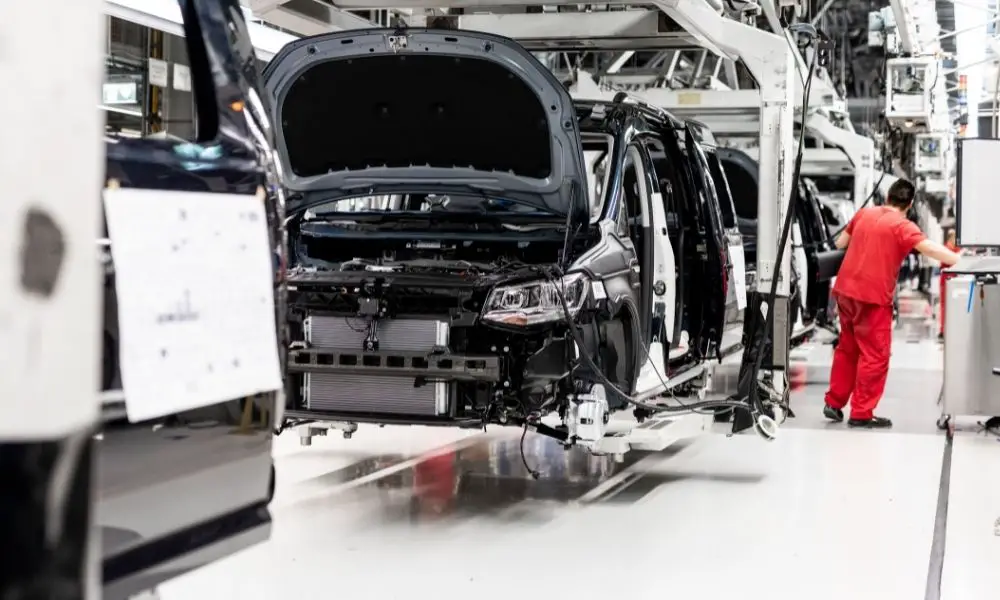

The automotive industry is a young one, but in its 200-or-so short years, it has experienced its fair share of turmoil and change. If you want to learn more about the history of this key industry, here’s what you need to know about how the US automotive industry has changed.
The US automotive industry was born in the 1890s, though it wasn’t very big at the time due to a variety of factors. At the time, cars were luxuries reserved for the wealthy—they didn’t become affordable options for the middle class until the early 1900s. And after intervention by the federal government, American roads soon transformed from dirt paths into paved roads more suitable for driving. This made cars very appealing options for getting around. As a result of improved affordability and practicality, the auto industry experienced its first boom.
There used to be thousands of automakers in the US, but competition from the Big Three—Ford, GM, and Chrysler—and the devastating economic effects of the Great Depression eventually drove most of them out of the industry. But the loss of these automakers didn’t slow down the industry. During this time, numerous innovations—such as automatic transmissions and hydraulic brakes—came to be. What did slow down the auto industry was the government’s order to convert all auto plants into war production plants during WWII. For a while, production of all passenger vehicles ceased—but it would be back up and running in due time.
The initial postwar years were tough, but the introduction of the Interstate Highway System and the suburbanization of the US eventually led to another boom in the auto industry. Then came another bump in the road: government regulation. These regulations made cars safer, but they also made them more expensive to produce and hampered their performance. The resulting Malaise Era of the auto industry wasn’t a fun one, with even the Big Three struggling to stay afloat.
Fortunately, the rise of automation and automated tools such as programmable logic controllers (PLCs) made producing cars up to the new standards cheaper and easier, and automakers were able to successfully make it out of this era—not unscathed, but alive and kicking.
The US automotive industry has changed a lot over the years. But fortunately, the industry has stabilized since its all-time low. Auto production is no longer ridiculously expensive, cars are more technologically advanced than ever before (and no longer death traps), and most auto companies today are highly successful. By all means, the auto industry seems to have a blindingly bright future ahead of it.
Additional Resources:
Pickup Trucks
Limo
Jeep
Uber
Scooters
When it comes to maintaining or upgrading a home, roofing is often one of the…
When it comes to maintaining the integrity and value of your property, a sturdy roof…
When it comes to maintaining and enhancing the integrity of any structure, the quality of…
Rhode Island, renowned for its scenic coastlines and historic architecture, presents unique challenges and opportunities…
A sturdy roof is a crucial component of any building, serving as the first line…
When it comes to maintaining and improving homes, the roof is one of the most…